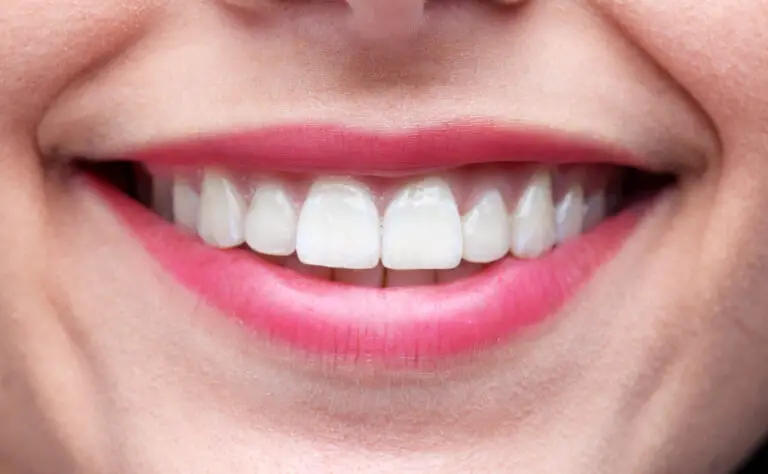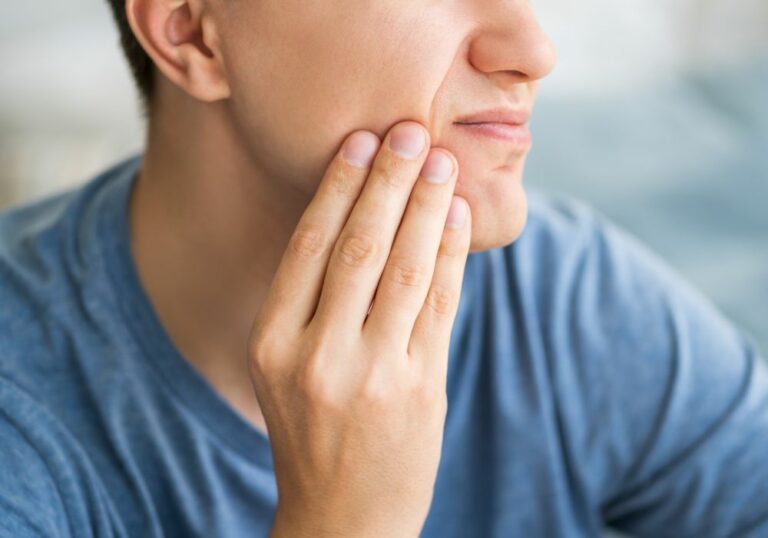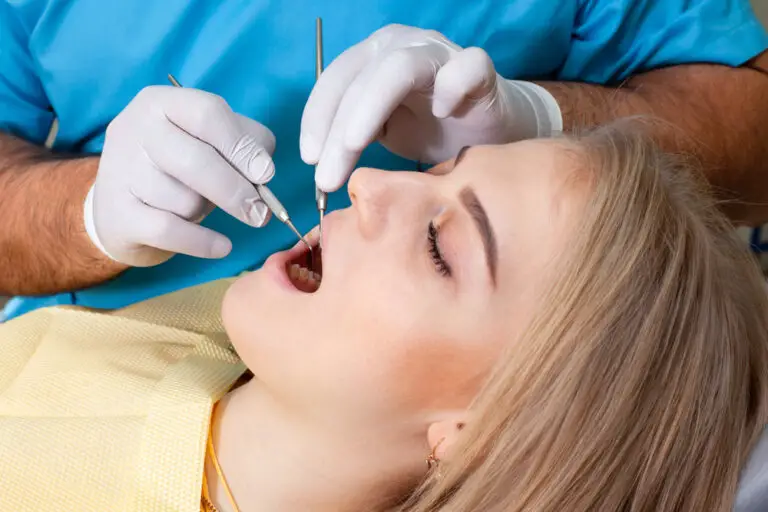For those who endured the trials of braces as teenagers, a perfect smile seems like the promised pot of gold at the end of the orthodontic rainbow. But for many, that prized straight smile shifts over the years as teeth move out of position. It’s a common concern for adults in their 20s or 30s who had braces 10 or more years ago. Just how much do teeth continue migrating after orthodontic treatment? And what causes this change?
While some tooth movement is natural as we age, major shifts can compromise aesthetics and dental function. But today’s improved orthodontic techniques and retention methods can help preserve your smile. Understanding the causes of post-braces drift and acting early minimizes tooth migration.
Factors That Influence Long-Term Tooth Positions After Braces
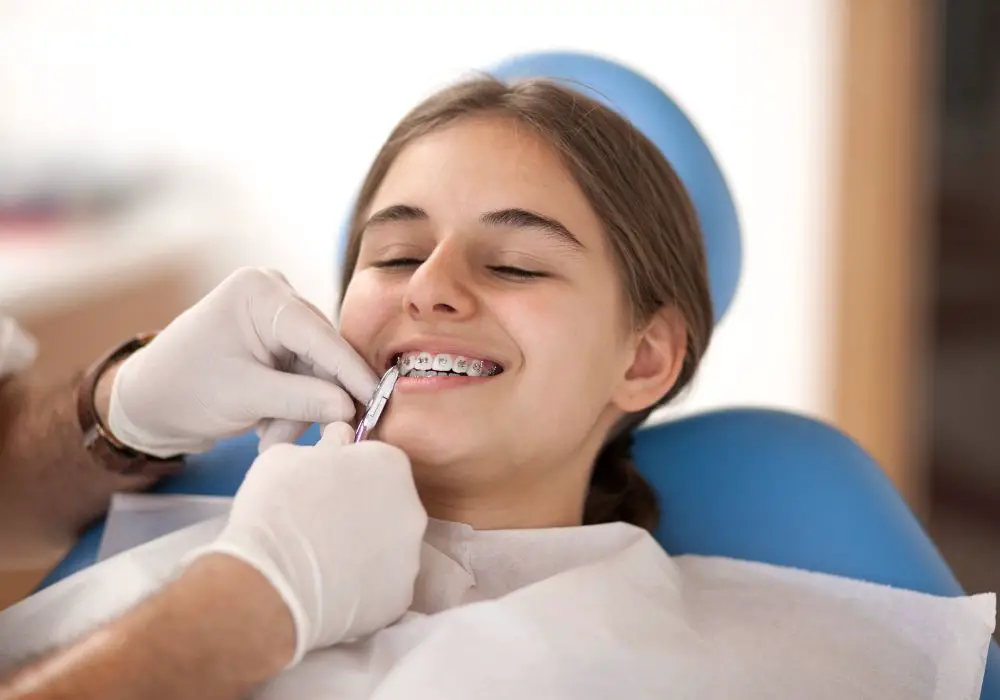
How much teeth will shift years after braces depends on several key factors:
Age at Completion of Orthodontic Treatment
Younger teens whose jaws are still growing have a higher risk of tooth movement later on. As the upper and lower jaw bones continue developing in the late teens, some change in tooth positioning can occur. Waiting until peak growth years have passed around age 15 or 16 before ending orthodontic treatment can yield more stable results.
For example, a study in the European Journal of Orthodontics followed two groups of patients: one that had braces completed at age 14 and the other at age 16. Ten years later, the younger group had over double the rate of tooth crowding compared to the older group. Their continued jaw growth displaced the teeth.
Type of Orthodontic Appliance Used
Beyond traditional braces, today’s options include clear aligners, lingual braces fixed to the tongue side of teeth, and surgical enhancements. Research shows that dental implants integrated into the orthodontic treatment plan offer the most permanent tooth positioning. Clear aligners like Invisalign also promote stability when worn as directed.
Overall, modern techniques lead to less long-term tooth movement than solely relying on regular metal braces. But poor patient compliance in wearing removable aligners or retainers neutralizes their benefit.
Retainer Regimen After Braces
The most pivotal factor for teeth staying put is wearing retainers as prescribed. An American Journal of Orthodontics study in found the highest rates of later tooth shifts among patients who wore retainers fewer than 11 hours per day or stopped wearing them entirely within 6 months.
Removable retainers should be worn full-time the first 6 months, then nightly until at least 2 years after braces. Transitioning to a permanent bonded retainer on the lower teeth also prevents issues. Patients compliant with retainer advice have minimal tooth movement years later.
Jaw and Dental Alignment Issues
Some patients have predispositions to continued tooth movement based on their biology. Those with mismatched jaw sizes, abnormal growth patterns, or cleft palates often have imbalances. As the jaws seek equilibrium, teeth are displaced.
Consulting an orthodontist or oral surgeon about corrective jaw alignment or growth guidance is key. Otherwise, teeth naturally drift toward the path of least resistance despite braces.
Tooth Grinding or Clenching Habits
Chronic grinding or clenching, especially at night, applies excessive force to the teeth. This can gradually displace teeth out of position. Nightguards and habit control are needed to prevent such self-inflicted disruption of previous orthodontic corrections.
How Much Tooth Movement Is Normal 10 Years After Braces?
For patients who wore retainers well for the prescribed period, the average tooth movement 10 years after braces ranges from just 1 to 3 millimeters. This minor drifting is generally not visible. But in some cases, people experience total relapses of crowded or crooked teeth.
According to research in the American Journal of Orthodontics, the main factors influencing long-term tooth positioning are:
- Initial crowding severity before braces – Teeth that were severely overlapped are most prone to shifting. Milder cases tend to stay aligned better over time.
- Total duration of orthodontic treatment – The longer teeth are under braces, the more stable their resulting position. Short courses like 6-12 months have high relapse rates.
- Type of retention – Fixed lingual wires or permanent retainers keep the bottom teeth markedly more stable long-term than removable plastic aligners. Dental implants are the gold standard for preventing any drift.
For example, a person who had mild crowding fixed with braces for 18 months and wears a lower fixed retainer will likely have minimal movement 10 years later. But someone with severe crowding who had just 8 months of braces and no permanent retention will likely experience total relapse.
What Are the Main Causes of Tooth Movement After Orthodontic Treatment?
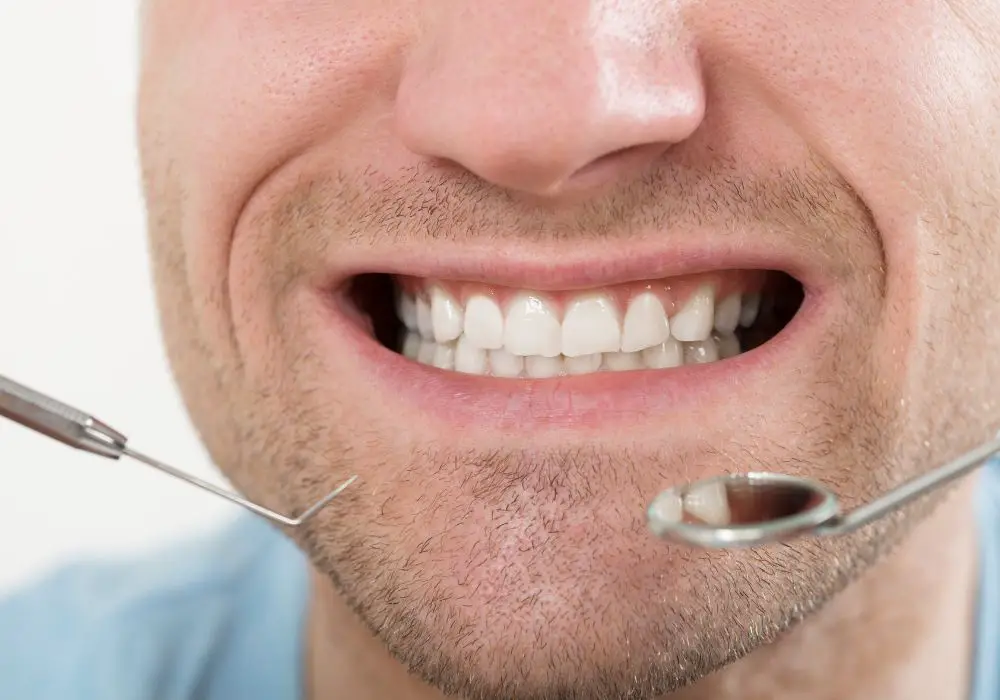
Several biological factors allow teeth to shift over time, whether months or years after braces:
The Periodontal Ligament
The periodontal ligament is a fibrous connective tissue surrounding each tooth, keeping it held within the bone. This ligament contains cells called fibroblasts that can dissolve bone and deposit new bone as needed for tooth positions. Orthodontic forces stretch this ligament to move teeth, stimulating bone remodeling.
But the elastic nature of the ligament means it retains a “memory” of the old tooth position. Over time, this causes a relapse effect or rebound pull on the teeth back toward their pre-braces placements, especially when retainers are absent.
Bone Remodeling
Bones around the teeth also adapt to accommodate movement from orthodontic forces. Osteoblast cells form new bone matrix to fill in gaps left by the tooth’s drift. But bone constantly undergoes turnover and renewal, called remodeling.
This subtle fluidity allows bones to slightly realign around the teeth, enabling gradual drifts. It’s why true permanent tooth retention is difficult. The bony housing around teeth maintains some flexibility.
The Tongue and Cheek Muscles
The tongue is in constant contact with the front and back teeth, exerting 25 to 100 grams of pressure. These forces don’t disappear after braces. When retainers are absent, the tongue can slowly nudge teeth outward. Forces from the cheeks can also displace teeth over time.
Loss of Retention
Fixed or removable retainers act as placeholders to prevent the teeth from naturally drifting. They minimize the elastic forces of ligaments and pressures of tongue and cheeks. Once regular retainer wear stops, teeth are gradually pushed by these forces back toward their old positions.
Think of retainers like a foot keeping a door propped open. When the foot is removed, the door swings back to its closed position. Teeth similarly drift when retainers are discontinued too soon after realignment.
Is It Possible to Restraighten Teeth Years After Braces?
In most situations, teeth can be re-straightened many years after initial orthodontic treatment, even if total relapse occurs. Options to bring teeth back into position include:
- Traditional braces – Braces run the gambit from metal wires and brackets to clear ceramic brackets or lingual braces fixed behind the teeth. New materials and techniques move teeth quickly and efficiently.
- Clear aligner therapy – Popular options like Invisalign are removable plastic trays that incrementally shift teeth. Less visible and traumatic than fixed braces.
- Retainers – For minor tooth movements of 1 to 3 millimeters, custom clear overlay retainers alone may suffice to nudate teeth back into place. Requires patient compliance with full-time wear.
- Restorative treatments – When re-bracing is not possible due to gum disease or bone loss, restorations like dental veneers, crowns, or bonding can mask tooth positions issues cosmetically, if not functionally.
The needed duration of braces the second time around is greatly reduced compared to original treatment times. Teeth respond faster to repositioning forces because the periodontal ligaments and bone were once before manipulated. Their elastic resistance reforms quicker.
However, retaining the teeth in their new realigned positions becomes more difficult after the teeth have already moved multiple times. The elastic memory deepens. So retention protocols must be followed diligently to prevent repeats of tooth drifting.
Are Permanently Straight Teeth Possible After Braces?
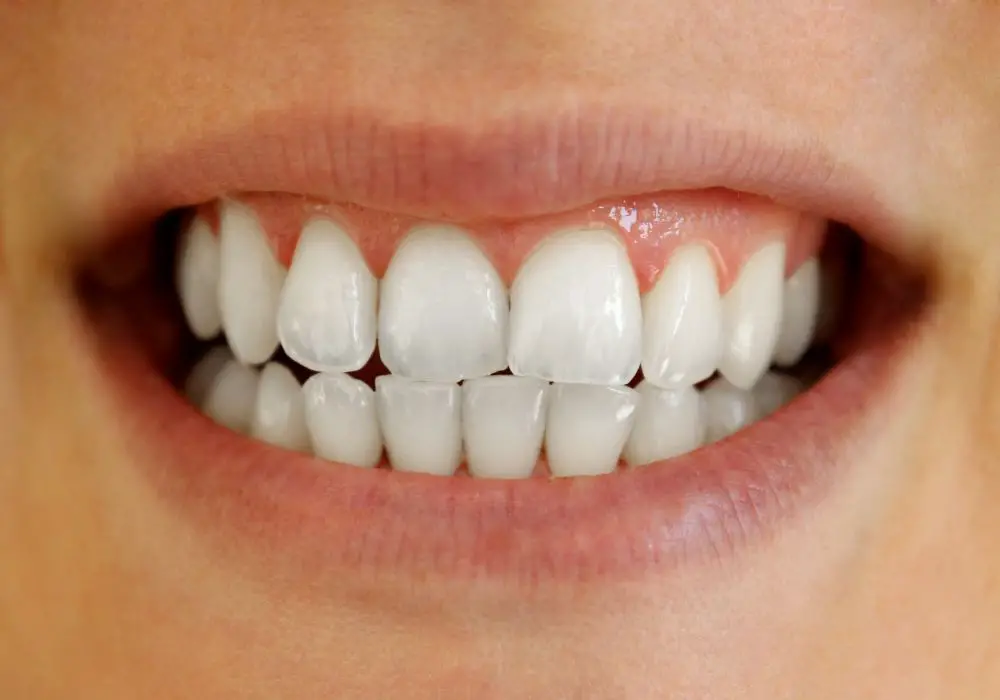
While orthodontists cannot guarantee teeth will be absolutely permanently fixed in position, today’s techniques offer lifelong stability when properly retained. Options include:
Lingual fixed retainers – Also called permanent retainers, these are metallic wires bonded to the tongue-side of the teeth to prevent drift. Lower fixed retainers keep the bottom front teeth remarkably stable long-term.
Clear overlay retainers – A series of custom, molded plastic retainers are worn in succession 24/7, with each new one moving overlaying teeth back into position from any minor shifts. It’s a lifelong retainer regimen but keeps teeth largely locked in place.
Implants – Dental implants fuse to the jawbone as artificial tooth roots, providing absolute anchorage. They can be integrated into treatment plans to lock select teeth in place permanently. Implants are the foremost permanence solution.
Removable retainers – Worn continuously beyond the typical 1-2 years, removable plastic aligners or Hawley retainers also defend against drift. But patient compliance with lifelong wear often wanes.
No single approach prevents all tooth movement. But combining several retention protocols yields highly stable outcomes. The aim is keeping natural pressures of tongue, cheeks, and periodontal ligaments at bay after orthodontic realignment. A little proactive effort goes a long way.
Protecting Your Investment: Maintaining Your Post-Braces Smile
While some subtle tooth drift is expected 10 years after orthodontic treatment, reclaiming a straightened smile is possible. Steps to limit tooth movement include:
- Wearing any retainers exactly as directed, for at least 1-2 years initially. Never abandon retainers abruptly.
- Requesting fixed lower retainers behind the lower incisors for long-term stability.
- Revisiting your orthodontist periodically for retainer checks or new clear overlay retainers to correct minor lapses.
- Seeing your dentist regularly to monitor tooth positions and promptly address movements before they worsen.
- Using nightguards if you grind your teeth to prevent self-inflicted damage.
- Resting your tongue on the roof of your mouth rather than pressing on teeth.
- Staying hydrated as dry mouth increases tooth pressures.
- Choosing healthy, crunchy foods to stimulate the gums and bones around teeth.
- Quitting habits like smoking or chewing on pens that disrupt orthodontic corrections.
With attentive oral habits and retainer wear, even a decade later, your investment in that perfect smile can pay dividends. Consult your providers about options to keep your teeth happily in place for the long run.
Frequently Asked Questions
Can teeth be straightened again after braces a third time?
Yes, it is possible to realign teeth even after a second course of orthodontic treatment. However, the structural bone and ligaments around the tooth roots can become weakened and damaged with multiple movements, so oral health must be carefully evaluated beforehand. Each round of braces also tends to be shorter but achieving permanent retention grows more challenging.
Do teeth inevitably change with age even if I wear my retainer religiously?
Some gradual tooth change from the original braces position is unavoidable as we age, even with diligent retention. Gum recession typically exposes more tooth root over decades, giving the teeth a shorter appearance. Daily wear and tear can microscopically alter angles. And emerging jaw growth issues or grinding habits can influence positioning. But retainers minimize major impairments.
Is it possible my teeth could shift noticeably in just 5 years after braces?
It’s unlikely you’ll have drastic tooth movements in just 5 years if you wore your prescribed retainer regimen as directed. Subtle shifts of 1 millimeter or less may occur but are rarely visible. Wearing a retainer or clear aligner periodically at night helps maintain tooth positions. More dramatic changes take time without retention.
Can my teeth ever be made permanently straight if I get braces again as an adult?
It is possible to achieve permanent teeth straightening as an adult but requires strict compliance with retention protocols. That means wearing fixed and removable retainers full-time for the first 1-2 years post-treatment, then nightly indefinitely after that. Long-term use of lower fixed lingual retainers and select dental implants can also improve the longevity of results.
Do teeth tend to shift faster as we get older?
Yes, post-orthodontic tooth movement does accelerate with age unfortunately. The elastic periodontal ligaments around teeth weaken over decades, offering less resistance to drift. Gum recession also exposes more tooth root surface vulnerable to pressures. And bone remodeling increases, allowing teeth to shift more readily. Using retainers prevents this age-related decline in structural stability.

